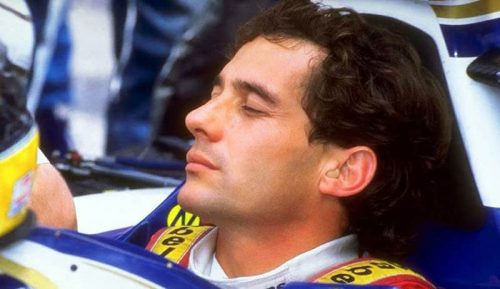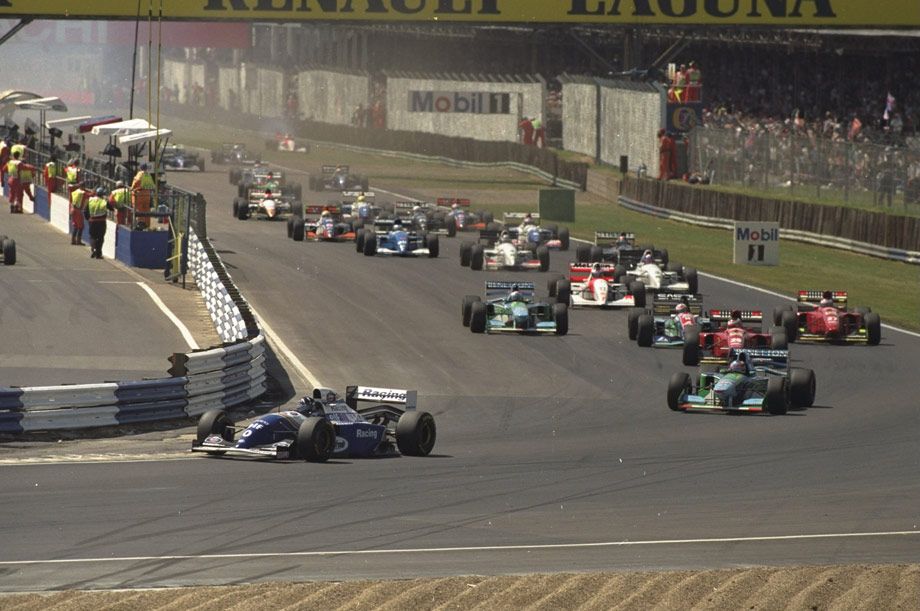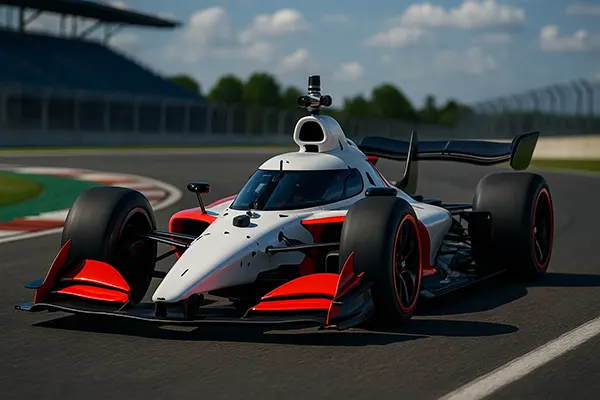
The tragedy that has affected F1 circuits
Numerous Formula 1 circuits are currently undergoing changes.
A tragic Formula 1 race at Imola claimed the lives of 2 drivers and the world championship now faces a brutal reality. In 1994 it was clear that the current generation of cars and the state of the roads are a serious combination, threatening safety in many ways.
After the tragic race, tough decisions had to be taken very quickly by the FIA. And already in the Spanish Grand Prix, there have been some changes to the design features of the cars. The plan was to slow the cars down in order to make global adjustments for the 1994/1995 season. And the cars had to become safer. There have also been some changes to the track configuration, and the most dangerous areas have been slowed down.
It has now been 28 years since Senna’s death and we need to look at how the organisers have made changes to the circuits.
Spain
The Catalan organisers have had little or no time to make a global impact on the problem. And as the track is new it is pretty safe. But the drivers were more concerned about the Nissan speed bindings. If a car going full speed is blown off the track, almost anything can happen. And the solution to the problem wasn’t quite right, just a temporary chicane of old tyres.
The temporary bind did a lot to slow the car down, but it also looked just awful. The Nissan was simply abandoned in the future.
Canada
Montreal also created a temporary tyre chicane, to ensure that the cars simply didn’t have time to accelerate to the Casino corner. As with the Spanish situation, the chicane only lasted a couple of years, and after cars were added to safety, the corner was simply removed.
UK
Silverstone has undergone a major realignment compared to the other circuits. The Grand Prix was only a couple of months after Imola, but there was plenty of time. But still the changes were made for the long term.

Germany
Everyone was aware that Hockenheim was the fastest circuit in the world, but the track had not undergone any major changes. Rebuilt only 3 chicane, and the first corner became a little sharper.
Belgium
What did the Red Water represent? A ridiculous, but admittedly effective chicane was built to improve the situation. So, you could say that the corner had simply been destroyed. But a lot of people said it was a very dangerous corner. And Senna himself said that if you remove the Eau Rouge, in general, what’s the point of continuing to do it.
Italy
Initially, there was a lot of controversy about the changes and eventually they said they would cancel the race. But after a while a solution to the problem did emerge. The second corner of Lesmo became a little safer, as the main questions were about it. It got slower and after a while another Curva Grande corner slowed down.
Portugal
Only one significant change stands out here, instead of the fast Tanque corner an interesting but slower Gancho chicane was formed.



